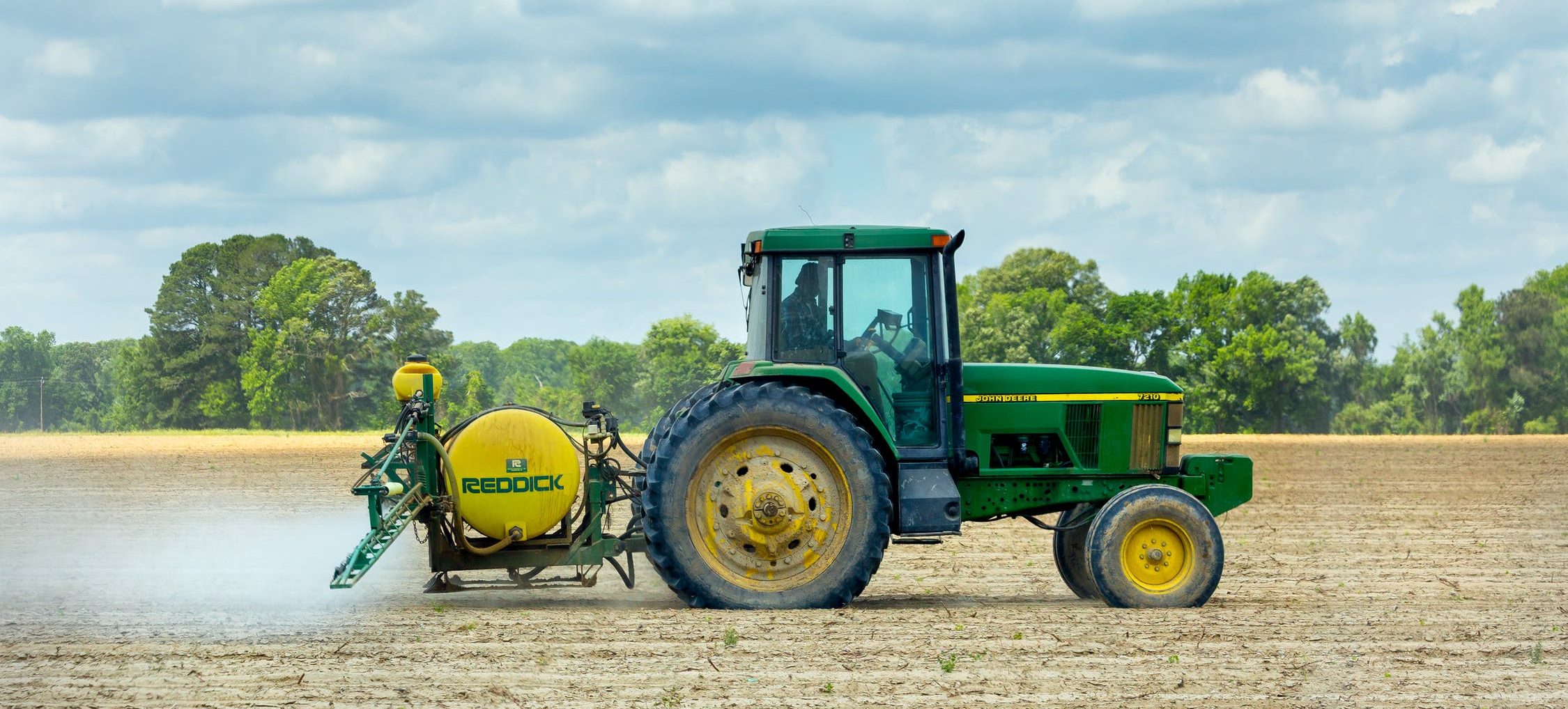Dicamba / Auxin Training
Dicamba / Auxin Training
The following herbicide products are Restricted-Use Pesticides (RUPs). This means that you HAVE to be a Certified Pesticide Applicator to both buy AND apply (this includes mixing and loading) these products. However these product also have additional requirements for their use.
Engenia™ [EPA Reg No 7969-345] – BASF
FeXapan™ Herbicide Plus VaporGrip™ Technology [EPA Reg No 352-913] – DuPont
XTendiMax® with VaporGrip® Technology [EPA Reg No 524-617] – Monsanto
Additional Dicamba – Auxin Training:
To USE these products you will have to go through additional training above and beyond the training you receive to get certification. The State of Wisconsin will accept Dicamba – Auxin training provided by either the product manufacturers (live or web) OR state training (web or live) where a certificate or proof of training is issued. The following options are available. We will list more as they are made available.
University of Wisconsin Online Training
Nebraska State University Online Training
Illinois Live Dicamba Training Schedule
What you need to know to Know When You Use the New Dicamba Products – Wisconsin Department of Agriculture, Trade and Consumer Protection
Manufacturer Training:
Monsanto – Dicamba Training Page – Click “Register Here” then select WI in the State Drop down menu to get a calendar of training events hosted by Monsanto in Wisconsin.
DuPont Dicamba Applicator Training
Additional Help:
Example of a recordkeeping form – This example is for Engenia™, BASF.
Example of a recordkeeping form – This example is for XtendiMax™, Monsanto
Applicator Tips for Using the New DIcamba Products – University of Minnesota
List of Apps that may help – CropLife: “Mobile Apps, Online Tools for Dicamba Applications.”
These products all have additional record keeping requirements. Be aware that some requirements are above and beyond the normal RUP record keeping requirements. Records must be kept for 2 years. The information below was adapted from the XtendiMax® label:
1. Required by Normal RUP records.
a. Brand or product name
b. EPA Registration Number
c. Total amount applied
d. Month, day, year
e. Location of application
f. Crop, commodity, stored product, or site
g. Size of treated area
h. Name of certified applicator
i. Certification number
2. Training Date and Provider of required training completed and proof of completion.
3. Receipts of Purchase: Receipts or copies for the purchase.
4. Product Label: A copy of the label, and any state special local need labels that supplement the label. Wisconsin does not have any at this time.
5. Buffer Requirements: Record of the buffer distance calculation and any areas included within the buffer distance calculations; for example roads. Remember ditches and natural areas can not be included in this calculation.
6. Susceptible Crops Awareness: Records of sensitive crop registry was consulted or document surveying neighboring fields prior to application. In Wisconsin, this means that you have to provide some record of identifying you did this. Meaning contacting your neighbors or taking stock of what is around you.
7. Start Finish Times of Each Application: If you are a Commercial Applicator in Wisconsin, you will need to do this anyway.
8. Application Timing: Record type of application (for example: pre-emergence, post-emergence) and the number of days after planting if post-emergence.
9. Air Temperature: Start and finish air temperature at start and finish.
10. Wind speed and direction: Start and finish of application at boom height.
11. Nozzle and Pressure: Record the nozzle manufacturer/brand, type, orifice size (Gallons Per Minute GPM) and operating pressure during each application.
12. Tank Mix Products: Brand names and EPA Reg No. if available for ALL products put in the tank. Even if they products are not pesticides or RUPs.
13. Spray System Clean out: A record of compliance that the clean out procedure was followed.





